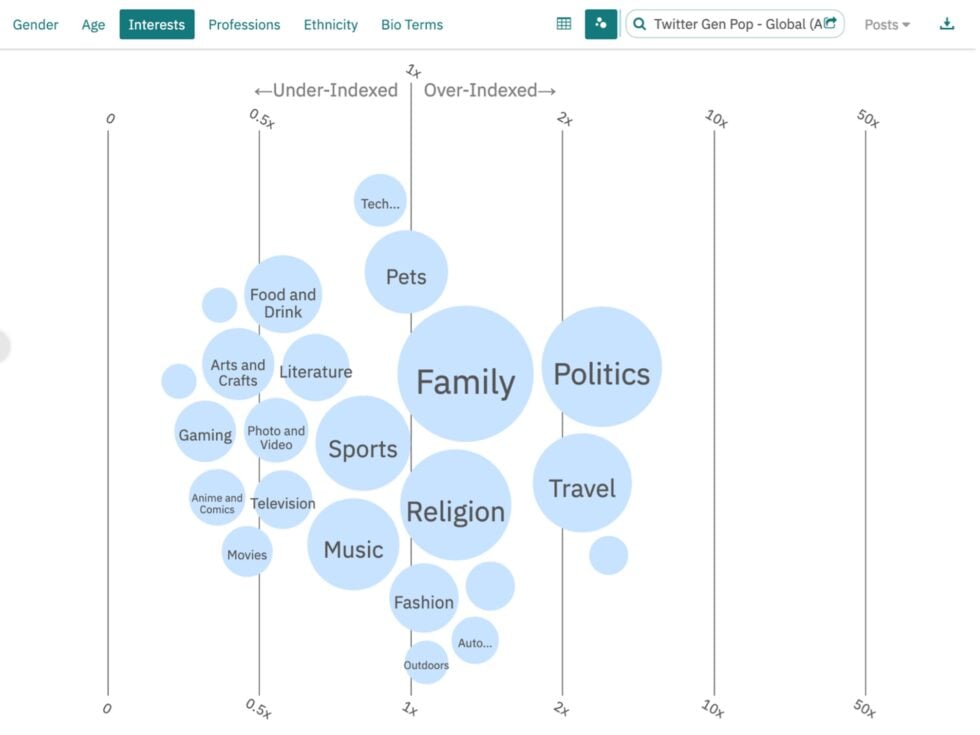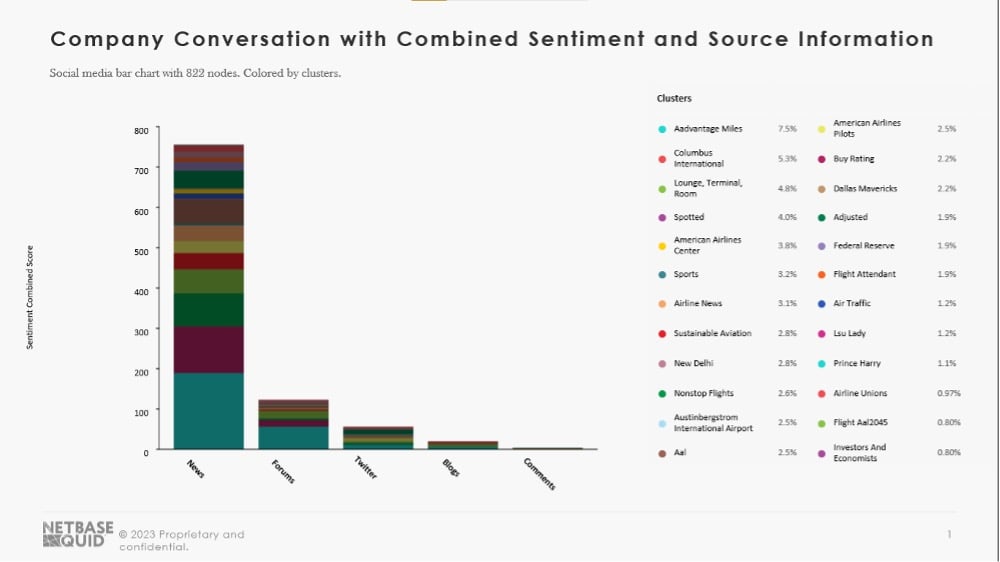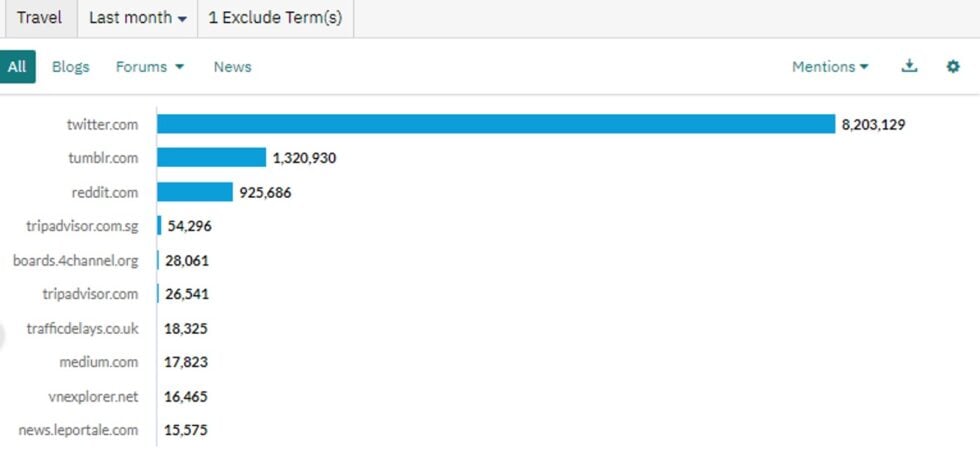EvaMarie J

Introduction to the Blog Summary
This blog highlights the importance of a brand positioning statement and provides guidance on creating an effective one to enhance brand perception, internal alignment, and marketing success.
Key Points Overview
Top Takeaways
Conclusion
An effective brand positioning statement is crucial for communicating unique value, guiding marketing efforts, and establishing a strong brand identity. Utilizing tools like Quid® can support the research and insights needed to craft a compelling positioning statement.
The right brand positioning statement can be the difference between working effectively or running in circles. It’s a crucial element of your brand and should be prioritized. The way you position your brand has a profound effect on how your target market perceives it.
Brand positioning influences your messages and the materials your business communicates to your audience, from product descriptions to marketing campaigns. In addition, effective positioning benefits your internal teams by empowering sales representatives, marketers, and support staff to deliver more engaging and consistent brand experiences to customers.
In this article, we’ll closely examine how to write a compelling brand positioning statement.
We’ll cover these essential topics to help guide your company in its positioning statement efforts:
With that, let’s begin.
A brand positioning statement is a summary of the marketing objectives of a business. It is a concise and comprehensive statement that expresses how a company wishes its target audience to perceive its brand in the marketplace. It usually includes information about the target client, the brand’s distinctive value proposition, and its significant benefits. The statement is the foundation for the brand’s messaging and marketing initiatives, ensuring that all communications are consistent with the planned positioning approach. It is based on the idea that, to be successful, a brand must find and occupy a unique spot in the marketplace. And we will show you how to write one that speaks to yours!
Beyond the commodity offered, marketing plays a unique role in carving out the market, shaping brand perception, and influencing customer behavior. Therefore, marketing efforts must be directed along a specific course to maintain this position. A brand positioning statement acts as a peg or reference point to which marketing connects back.
First, look at how a brand positioning statement differs from the brand mission or vision statements.
To begin with, a brand positioning statement is inward-facing; it is not necessarily meant to be shared outside the organization. It is instead an internal guide for the teams to align their efforts.
Secondly, the content differs. While the mission statement is concerned with the objectives of the business, the brand positioning statement is about the brand. And as the vision shows where the company needs to be in the future, the brand positioning statement shows what the brand needs to be now.
Now, let’s delve into its benefits.
Brands with a brand positioning statement have a leg up on competing brands lacking one. However, no two successful brands can have the same statement; not having one means that marketing goals are not grounded and are likely disconnected. This can lead to the loss of potential market share and the dissipation of improperly directed resources.
A brand positioning statement also makes you a formidable competitor among your peers who have their statements. The better your marketing strategy follows the direction pointed out in the brand positioning statement, the more qualified you are to serve the market.
However, something else is requisite: The brand positioning statement is like a map, and the accuracy of the map must determine the final challenge. So, how do you write a winning brand positioning statement, unfazed by the competition and accurate to your brand’s specific needs?
Like any business information, your brand positioning statement should have a clear message and audience. And the message you want to send to the marketing team is, “This is us, this is who we serve, and this is how we do it.” Note that this does not suggest that only you, as the business owner or marketing lead, can write the message. Far from it, you will notice that much of the process depends on collaboration, especially in the marketing department.
Before you craft your message, take some time to survey the landscape. Use competitive intelligence to discover your direct competitors, what they are offering to the target market, and most accessible points of entry, i.e., gaps that need filling – like maybe helping travelers with their health concerns or partnering with a music streaming company to provide consumers with free road trip music:

Through social listening, you will see what matters to your target consumer. Ideally, this process of writing your brand positioning statement comes after you have, through other methods, developed your product and determined your target market.
Let us then unpack the message to see what goes into the statement:
Your brand positioning statement should make transparent who your ideal customer is. A team member reading it should immediately be able to make out your industry, product category, and target demographic.
If your product or service spans multiple categories, you can write the statement in two ways. You may decide to focus on your more or most valuable target audience. In this case, your marketing team will understand this is the target and build everything else on that. For instance, an enterprise software company may safely have a brand positioning statement focused on large enterprise teams while remaining open to smaller agency functions.
Two, you may use language that appeals to both of your target categories or specifically to one. You will find at least one common attribute among your targets if your product serves them all. For instance, a restaurant may target several demographics connected by the feeling of togetherness evoked when people share meals. Or shared excitement and concerns around travel plans:

By now, you know what your customers stand to gain by using your product. It may be a feature purposefully built into the product, or you may have discovered, through consumer intelligence, what is most appealing about your offering. Every marketing team member should know what sets your business apart, and there is no better place to put it than on the brand positioning statement.
Your unique value proposition describes the main benefit to your customers that they can’t get from any other business. It can be a powerful source of motivation by giving your team confidence in the brand’s potential and making the offering much easier to sell.
Be sure to refer to your audience identification to message out in resonating ways. You’ll likely have an audience that has varied interests and who comes from diverse backgrounds. Social listening can help you identify these nuances, so you are sure your messaging will hit home:

Brand perception refers to the impression that your consumers have of the organization. Depending on their experience up to this point, it may be desirable or undesirable. You can find this out through customer surveys and focus groups – but if you want the most accurate intel, you’ll need to scour the social web – or use a tool to aggregate that intel for you. Even better? One that kind capture it by source, so you know where to direct your efforts:

If you find your brand perception desirable, you can incorporate insight surfaced into your brand positioning statement if it’s not already there. On the other hand, if you discover undesirable impressions of your brand floating around, you need to caution your team about this and get to the bottom of the disconnect – building a good reputation requires repairing and fighting a poor one.
Your employees are more likely to succeed at building the brand if they can stand by the brand positioning statement. It needs to be believable, not aspirational, without action. One way to establish credibility in your statement is by highlighting the age of the organization. Awareness of the company’s longevity can significantly boost brand confidence, particularly when it has a history of following through on its promises.
Another way is by highlighting the size of the existing clientele or the number of customers served. Use assertive, non-ambiguous terms that communicate your intended message’s strength. You don’t want to tell your marketing teams that they will sell ‘an interesting opportunity to expand operations’ but a ‘powerful platform that will revolutionize organizations by surfacing game-changing competitive insight.’ Do not assume that the words you use don’t matter just because it is an internal document.
If you’re not consistently monitoring consumer conversation around your industry, brand, and competitors, now is the time to start. And forums, social media, and blogs are great places to do it. Researching “travel,” we quickly surface top sites where consumers unabashedly share travel advice, experiences, needs, and interests–and it’s accessible to any brand willing to spend time listening.

From this insight, after analyzing it for key themes, emotions, and passion – brands can engage and ask questions. And without selling a thing, when this is done correctly, brand awareness skyrockets as brand positioning is strengthened.
A brand positioning statement is primarily meant for internal eyes only. It is supposed to keep the marketing strategy in line. Therefore, revealing it might also tip off competitors on a brand’s marketing strategy. However, marketing inevitably reveals some aspects of the brand positioning statement. The following examples from some of the most popular brands can help us understand the thinking behind their various marketing activities as well as know how to write good brand positioning statements for your teams:
The brand positioning statement is just one or two lines summarizing a big idea. We suggest that you have an official document beyond that to go into detail about your brand identity, your offering, and your target market. When a team member reads the brand positioning statement, let it conjure up the whole idea behind it.
In conclusion, an effective brand positioning statement is essential for the following reasons:
Quid® helps you gather the research you need to support your brand positioning statement through social listening, competitive intelligence, sentiment analysis, and more. Our AI-powered platform finds the information you need quickly, allows you to integrate other sources for analysis using our Intelligence Connector, and presents the results in a clean dashboard that will get your team inspired. Seeing is believing – reach out for a demo today, and we’ll show you what we mean.